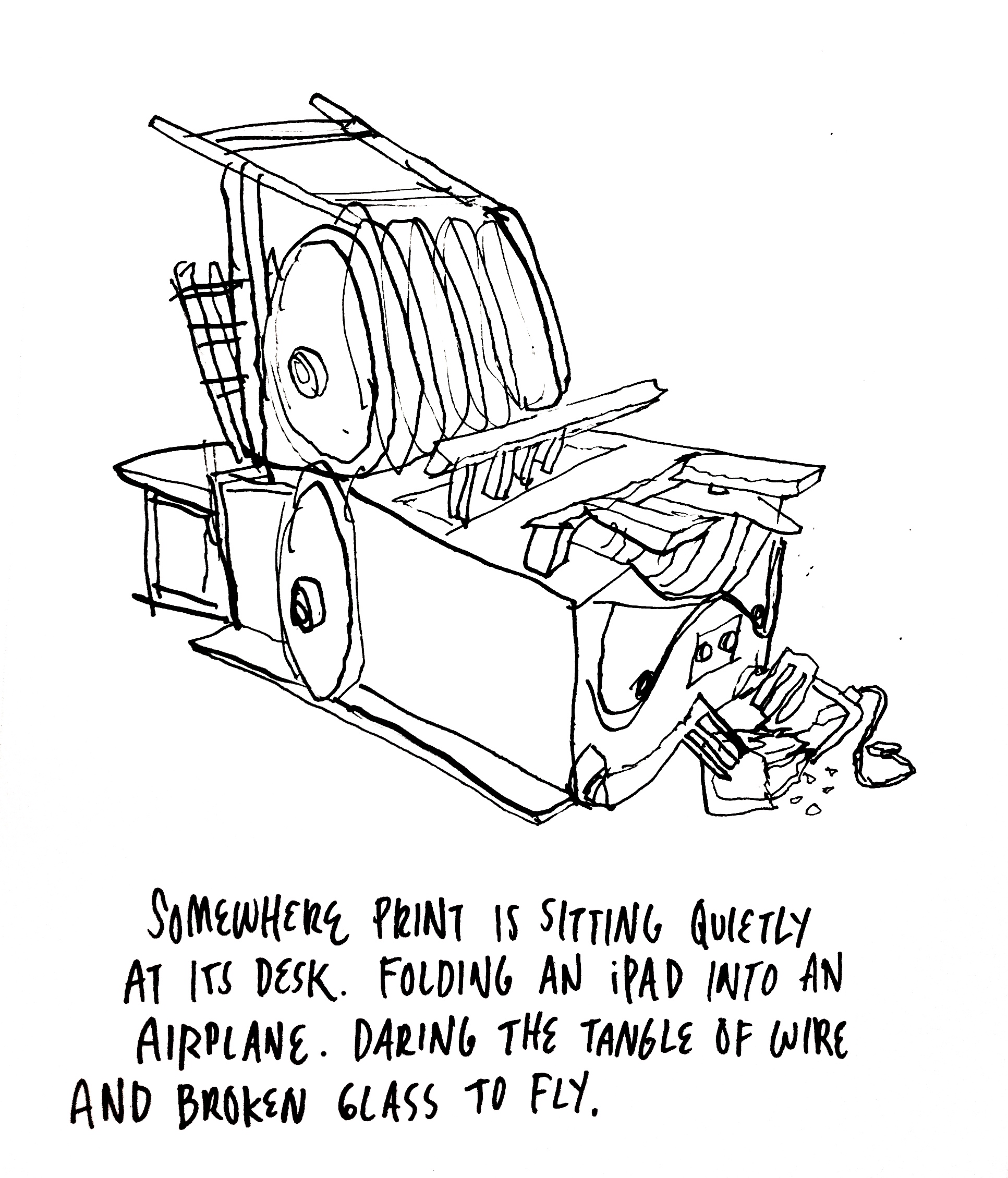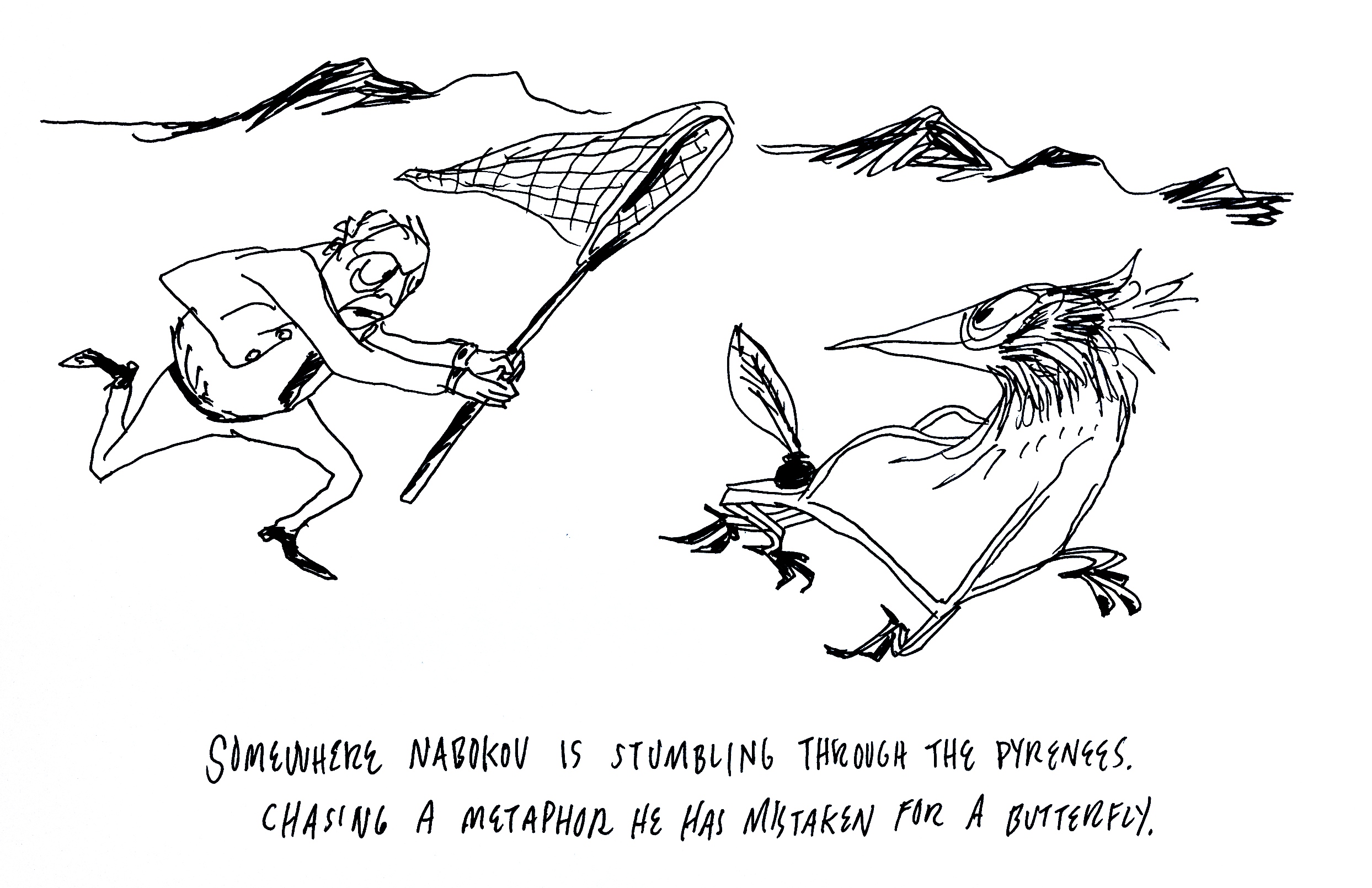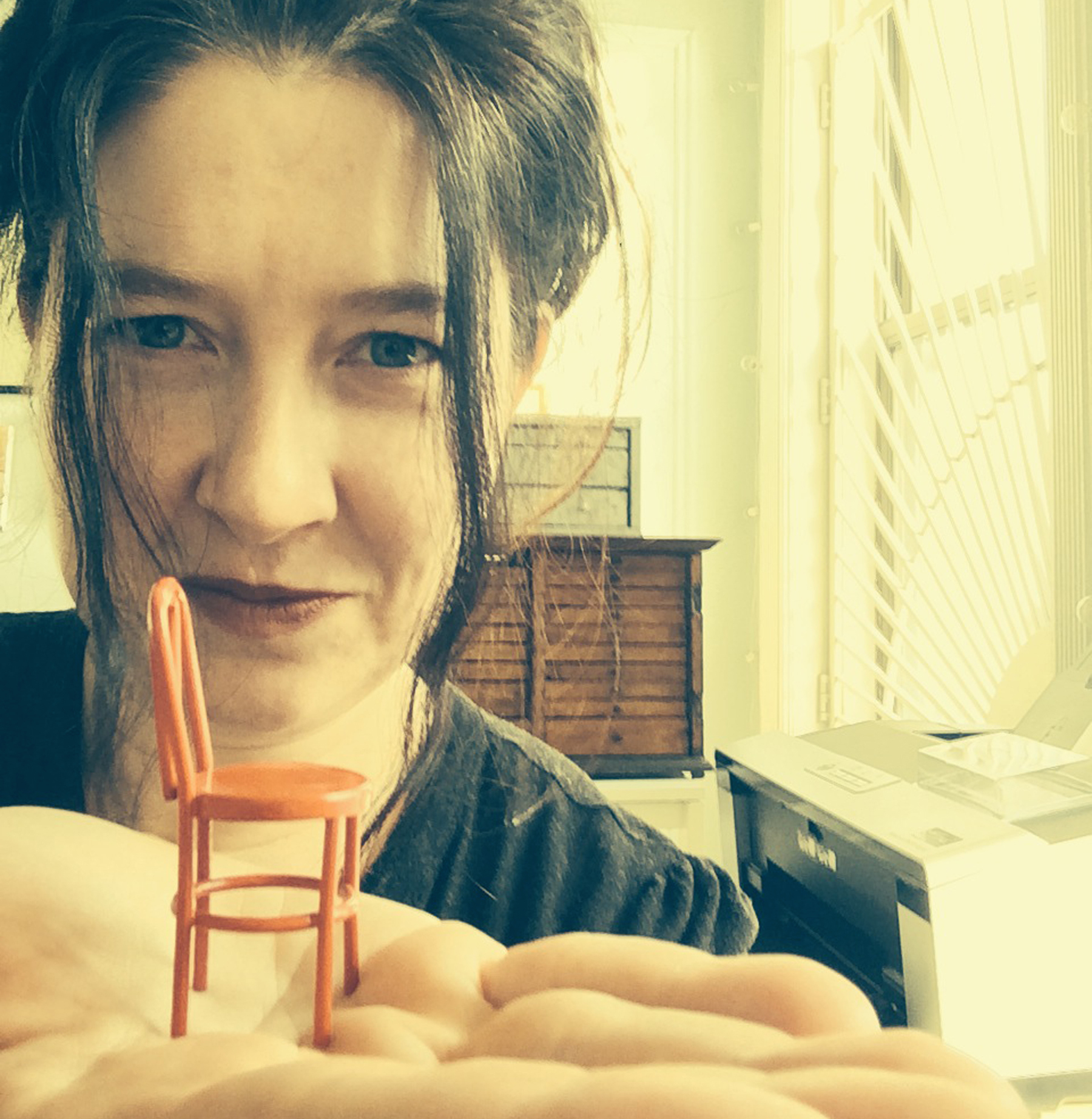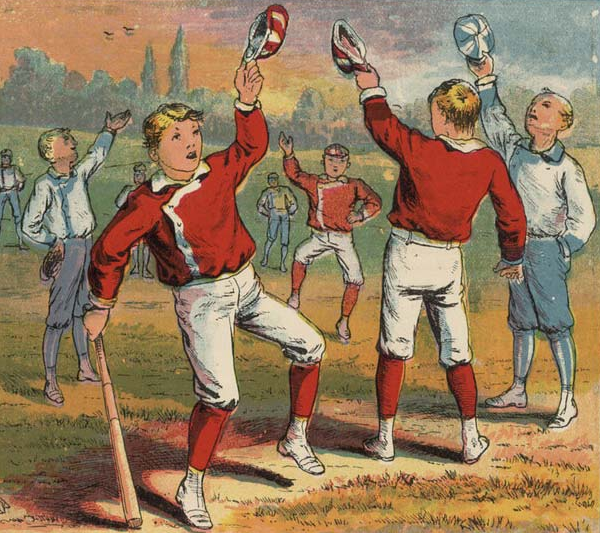Scientists have erotice mind control archicehomed in on a popular cosmic object, and are now seeing it in a whole new neon light.
The Ring Nebula, also called Messier 57, is a cloud of gas and dust shed from a dying star about 2,600 light-years away in the constellation Lyra. This mesmerizing, glowing eye imaged by the James Webb Space Telescope continues to confound astronomers: How could a single star make such a complex structure, with an array of hundreds of mysterious stripes?
The telescope, the leading space observatory of NASA and the European and Canadian space agencies, is focusing on the nebula to try to make sense of these lines and tens of thousands of surrounding hydrogen clumps. They're the result of a complicated dance of physics that is not well understood.
"These images hold more than just aesthetic appeal," said Nick Cox, co-lead scientist on the project from the French space company ACRI-ST, in a statement. "They provide a wealth of scientific insights into the processes of stellar evolution."
SEE ALSO: Spectacular Webb telescope image shows a stellar death like never beforeBy studying the nebula, scientists hope to gain more insight into the life cycles of stars and the elements they release into the universe.
The new infrared Webb images, shown in false colors of violet and lime to make them more discernible, display a main ring, surrounded by a fainter halo with delicate features. Within the ring is a hot pool of gas. The central star is burning at over 180,000 degrees Fahrenheit.
Unlike giant stars that explode into a supernova and collapse into a black hole, a medium star like the one creating this nebula runs out of nuclear fuel and suffers a more tortured end. As it withers, it sloughs off its outermost layers until all that's left is a white dwarf of carbon and oxygen. That pit eventually grows cold and no longer makes light. For the Ring Nebula, this began about 4,000 years ago.
 The brightest star in this close-up image is the central star creating this nebula, with a temperature over 180,000 degrees Fahrenheit. Credit: NASA / ESA / CSA
The brightest star in this close-up image is the central star creating this nebula, with a temperature over 180,000 degrees Fahrenheit. Credit: NASA / ESA / CSA Its story foretells what's to come for our own medium star — the sun — which is expected to die in the same fashion some 5 billion years from now.
Want more scienceand tech news delivered straight to your inbox? Sign up for Mashable's Light Speed newslettertoday.
 Scientists are studying the Ring Nebula to try to make sense of tens of thousands of surrounding hydrogen clumps. Credit: NASA / ESA / CSA
Scientists are studying the Ring Nebula to try to make sense of tens of thousands of surrounding hydrogen clumps. Credit: NASA / ESA / CSA The released outer layers of the dying star carry metals through space. As they collide with other particles, they'll make new molecules and begin forging new objects in the cosmos. Stars are element factories: They make carbon, for instance, the same chemical on which humans and much of life on Earth are based, then cast these ingredients into the universe upon their death.
"This is the end for the star," said Klaus Pontoppidan, an astronomer at the Space Telescope Science Institute in Baltimore, while explaining another such stellar death. "But it's the beginning for other stars and for other planetary systems."
 How could a single star make such a complex structure, with an array of hundreds of mysterious stripes? Credit: NASA / ESA / CSA
How could a single star make such a complex structure, with an array of hundreds of mysterious stripes? Credit: NASA / ESA / CSA What makes the Ring Nebula and other so-called "planetary" nebulas (a confusing misnomer because they don't have anything to do with planets) so alluring for stargazers are their shapes and sizes that vary like fingerprints and snowflakes. They often have glowing hoops, giant bubbles or pools, and cloud tendrils.
The new images reveal the intricate details of the nebula's expanding shell and the area surrounding the dying star. The international team working on the new images was amazed by Webb's clarity, topping previous views of the object, said Albert Zijlstra, an astrophysicist at the University of Manchester.
“We always knew planetary nebulae were pretty," he said in a statement. "What we see now is spectacular.”
 Where Are Don DeLillo and Emily Dickinson Now?
Where Are Don DeLillo and Emily Dickinson Now?
 'Quordle' today: See each 'Quordle' answer and hints for August 27, 2023
'Quordle' today: See each 'Quordle' answer and hints for August 27, 2023
 Where is Vladimir Nabokov Now?
Where is Vladimir Nabokov Now?
 Best laptop deal: Get the 14
Best laptop deal: Get the 14
 Google TV will natively support NFL Sunday Ticket
Google TV will natively support NFL Sunday Ticket
 A Conversation with Matthea Harvey
A Conversation with Matthea Harvey
 Tucker Carlson's Trump interview doesn't have 230 million video views on X
Tucker Carlson's Trump interview doesn't have 230 million video views on X
 Greenpeace activists charged after unfurling 'Resist' banner at Trump Tower in Chicago
Greenpeace activists charged after unfurling 'Resist' banner at Trump Tower in Chicago
 11 scary horror movies that'll give you nightmares
11 scary horror movies that'll give you nightmares
 Apple is advertising on Elon Musk's X again
Apple is advertising on Elon Musk's X again
 Field of Dreams
Field of Dreams
 Scarily accurate TikTok recreates the first 5 minutes of every WFH meeting
Scarily accurate TikTok recreates the first 5 minutes of every WFH meeting
 How women are pressured into using prescription birth control
How women are pressured into using prescription birth control
 Did Elon Musk push former FAA leader out? Trump admin responds after deadly plane crash
Did Elon Musk push former FAA leader out? Trump admin responds after deadly plane crash
 Get the Future fitness app and a real
Get the Future fitness app and a real
 A viral 'Cinderella' celeb flash mob is one big pile of cursed cringe
A viral 'Cinderella' celeb flash mob is one big pile of cursed cringe
 The Morning News Roundup for August 22, 2014
The Morning News Roundup for August 22, 2014
 Best free gift card deal: Get $10 Best Buy gift card with $100 Apple gift card
Best free gift card deal: Get $10 Best Buy gift card with $100 Apple gift card
 The Morning News Roundup for August 19, 2014
The Morning News Roundup for August 19, 2014
India finally becomes a net exporter of electricityThis bathroom sign doesn't care about gender, as long as you wash your handsPodcasts join the NetflixSamsung's new Galaxy S8 inSamsung's new Galaxy S8 inNew photos reveal Jeff Bezos' Blue Origin is going to be pretty swankySamsung's new Galaxy S8 inKid won't take no for an answer: Builds a Nintendo Switch out of cardboardGoogle is destroying Apple in the app game — except where it countsWhy Apple is cracking down on 'free' appsStrange things are happening off the coast of Peru, and thousands are affectedUnderrated horror MMO 'The Secret World' is going freeSamsung asks when you last admired your bezels at the Galaxy S8 eventTwitter released three long overdue but actually awesome features for PeriscopeFirst he became a rock, now French artist wants to be a chickenSamsung's new Galaxy S8 inOculus Rift promised us the future of VR. Here's what really happened.Samsung's new Galaxy S8 inBuzzfeed got listicleHow Samsung addressed the Galaxy Note 7 at the S8 event today Elon Musk 'deletes' Twitter account after bizarre video game fan art scandal This heartwarming Christmas ad will have you reaching for the tissues 10 ways to have fun when you're stuck in an office this summer Everything coming to (and going from) Hulu in July 2019 Nintendo confirms Mr. Resetti lost his job thanks to 'Animal Crossing: New Horizons' What to stream with your dad Father's Day weekend 2019 Cats on Instagram wish you a meowy Christmas and a happy mew year 'Big Little Lies' episode 2 recap: It's ironically about telling the truth Why are these Tinder's most popular names of 2016? Only Google knows Some YouTube TV Subscribers will get Showtime for free Behind the mysterious stock dump ahead of Trump's Lockheed Martin tweet Suzanne Collins to pen 'Hunger Games' prequel novel 'Men in Black: International' is a waste of its leads: Review Michael Sheen quits acting to fight the far Apple will release two 5G Neil Gaiman explains why 'Good Omens' is so worryingly relevant today People are sharing their 'best' dad jokes on Twitter for Father's Day Byton’s massive 48 Google Calendar scam adds malicious links to your schedule Highly venomous snake makes like tinsel and chills on a Christmas tree
2.7632s , 10195.96875 kb
Copyright © 2025 Powered by 【erotice mind control archice】,Creation Information Network